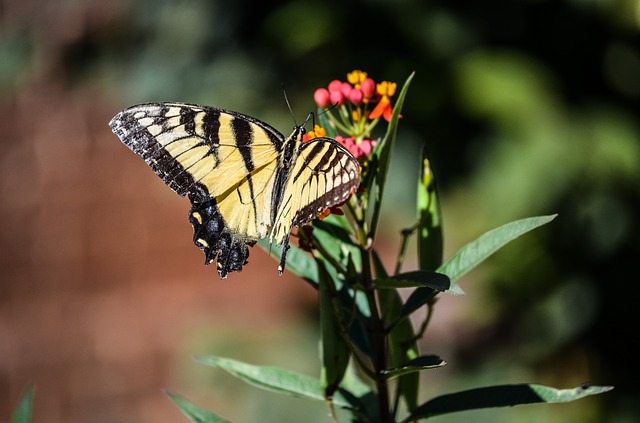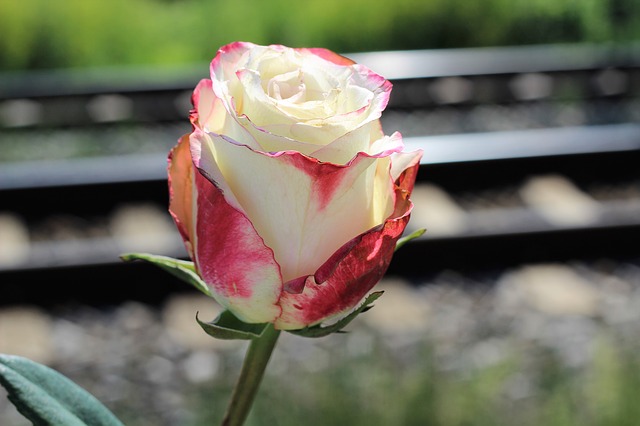In an earlier post, I described a meditation process for handling fear that Tara Brach described by the acronym, R.A.I.N. – standing for Recognise, Accept, Investigate and Nurture. In the current discussion, I would like to introduce a mindfulness meditation for addressing fear that is discussed and facilitated by Diana Winston.
In the meditation podcast, Working with Fear, Diana describes a process involving a number of steps that help to soften our bodily response to fear. Diana explains that fear is a natural response to a perception of threat either imagined or real. This deeply-embed biological response to perceived threat has accounted for the survival of the human race.
Fear is endemic, often unfounded and poorly managed
Increasingly, we are exposed to situations and pressures that tend to induce fear and anxiety, even when the fears are baseless. We live in a time when anxiety is endemic – we are surrounded by people (including famous actors, singers, writers and sports people) who suffer from all-consuming fear and anxiety. Much of this fear and anxiety is unfounded. Diana points out that a recent study by Cornell University found that “85% of the things that we worry about never come true.”
One of the problems with our fear response is that we typically try to resolve the fear by thinking – by trying to think our way out of fear with the net result that this creates a vicious circle. We tend to indulge our worst scenario thinking, “What will happen if…”, and these thoughts can intensify our fear and anxiety. Unresolved fear can ultimately lead to a condition that the Mayo Clinic describes as “generalized anxiety disorder.”
Mindfulness provides an effective alternative to trying to think our way through fear and Diana proposes a meditation process that incorporates the following steps:
- Being grounded through our posture
- Taking a number of deep breaths
- Focusing on our breathing and where it is experienced in our body – a process of mindful breathing (for 5-10 minutes) to still the mind
- Undertaking an overall body scan to identify and release areas of felt tightness and tension (a quick scan/release process that takes in the whole body)
- Bringing our fear or worry into focus by thinking about a particular source of fear (preferably, one that is not disabling or too intense)
- Undertaking a body scan to identify where the fear is manifesting in a particular part of our body – e.g., our arms, legs, back, neck and/or stomach.
- Softening the muscles in the identified area that is manifesting the fear
- Repeating the process of checking and releasing the bodily manifestation of our anxiety ( 3 times overall)
- Coming back to our breath for a brief time and then returning to full awareness.
As we grow in mindfulness through meditations focused on our fear response, we can progressively reduce the fear and replace a sense of anxiety with a calmness and creative approach to resolving our fears.
By Ron Passfield – Copyright (Creative Commons license, Attribution–Non Commercial–No Derivatives)
Image source: courtesy of Wokandapix on Pixabay
Disclosure: If you purchase a product through this site, I may earn a commission which will help to pay for the site, the associated Meetup group and the resources to support the blog.











